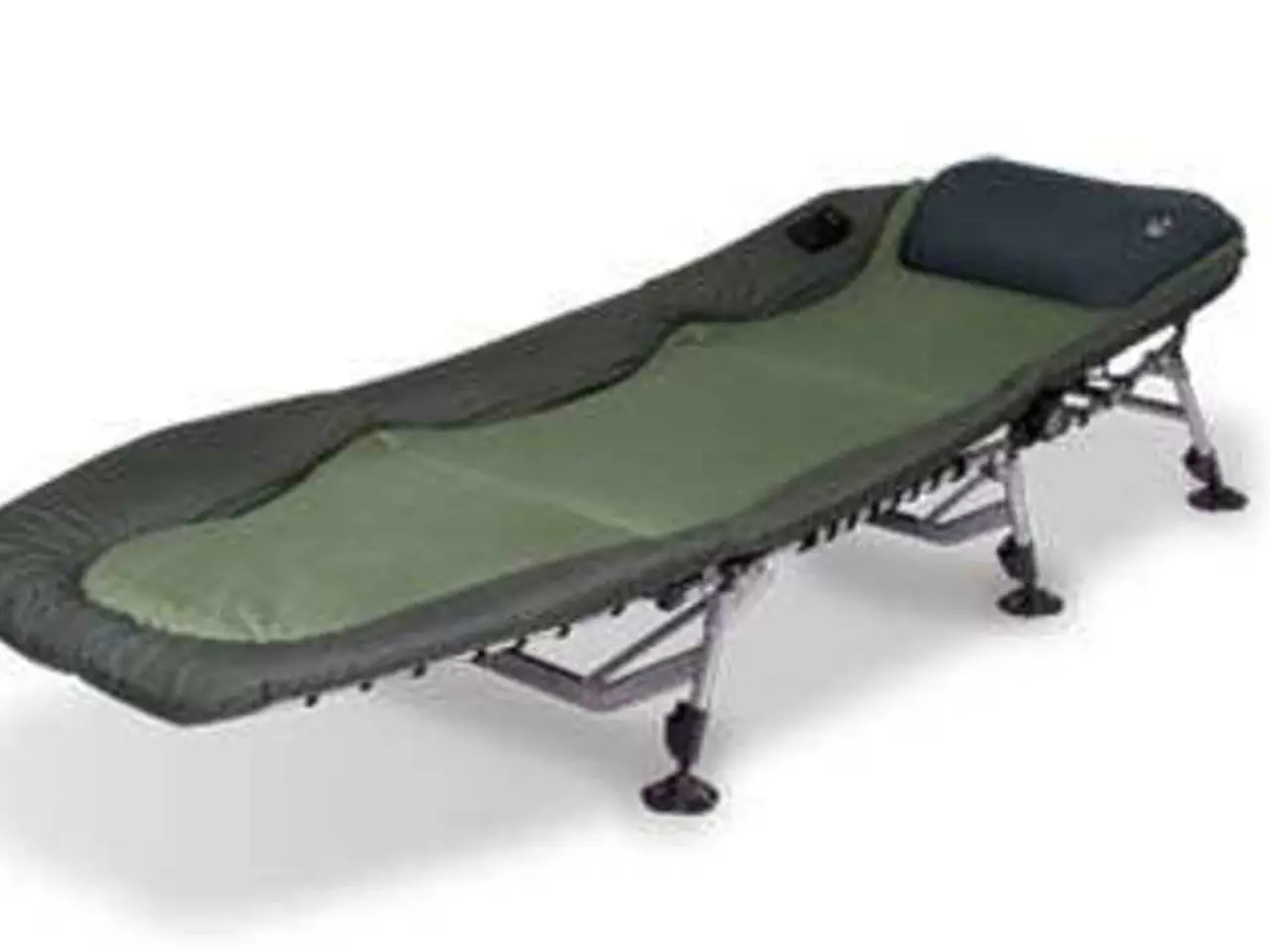Thigh Discomfort: Root Causes, Signs, and Remedies
In this article, we delve into the common causes, symptoms, and treatment options for persistent inner thigh pain. This condition, often experienced as a dull ache or sharp pain, can stem from a variety of sources, ranging from musculoskeletal injuries to nerve-related issues.
## Common Causes
One of the most common causes of inner thigh pain is muscle strains or injuries, particularly in athletes or individuals who engage in regular physical activities. Overuse, sudden trauma, or repetitive motion can strain or tear the adductor muscles, which are located in the inner thigh and stabilize the hips and legs.
Nerve-related conditions, such as femoral neuralgia or genitofemoral neuralgia, may also contribute to inner thigh pain. These conditions can result from trauma, surgery, or other underlying conditions, leading to pain, numbness, or tingling in the affected area.
Joint or bone issues, such as problems with the sacroiliac joint (near the lower back) or inflammation of the pubic symphysis, can also refer pain to the inner thigh. Less commonly, hernias, infections, or post-surgical complications may also present with persistent inner thigh pain.
## Symptoms
Acute or chronic pain in the upper inner thigh or groin, which may be sharp, dull, or achy, is a common symptom. Other symptoms may include swelling, tenderness, or bruising in the affected area, muscle weakness, difficulty moving the leg, especially during activities, and pain worsened by movement. In some cases, nerve involvement may cause numbness or tingling.
## Treatments
Rest and activity modification are often the first steps in managing inner thigh pain. Avoiding activities that worsen symptoms and allowing the affected muscles or joints time to heal is crucial. Physical therapy can also help, offering targeted exercises to strengthen weak or imbalanced muscles, improve flexibility, and correct movement patterns to prevent recurrence.
Over-the-counter pain relievers, ice, or heat may be used to reduce pain and inflammation. However, persistent or severe pain, especially if accompanied by swelling, bruising, or loss of function, should be evaluated by a healthcare provider to rule out serious conditions or the need for further interventions.
If nerve or joint issues are identified, treatment may include specialized therapies, nerve blocks, or, in rare cases, surgery. In cases where kidney stones are suspected, immediate emergency care may be necessary, as these can cause intense pain in the abdomen and inner thigh.
Seeking medical advice is recommended if pain is severe, persistent, or accompanied by additional symptoms such as swelling, bruising, or significant weakness. It is always better to err on the side of caution when dealing with persistent pain.
In conclusion, understanding the causes, symptoms, and treatment options for inner thigh pain can help individuals manage this condition effectively. If you are experiencing persistent inner thigh pain, it is essential to consult a healthcare provider for a proper diagnosis and treatment plan.
Understanding health-and-wellness is crucial in identifying common sources of persistent inner thigh pain, such as musculoskeletal injuries, nerve-related issues, joint or bone problems, hernias, infections, and post-surgical complications. These medical-conditions often present with symptoms like acute or chronic pain, swelling, tenderness, or bruising, muscle weakness, difficulty moving, and pain worsened by movement. Nerve involvement may cause numbness or tingling.
To manage inner thigh pain, rest, activity modification, and physical therapy can be beneficial. Over-the-counter pain relievers, ice, or heat may help reduce pain and inflammation. However, persistent or severe pain, especially if accompanied by swelling, bruising, or loss of function, should be evaluated by a healthcare provider to predictive potential serious conditions or the need for further interventions.
If nerve or joint issues are identified, treatment may include specialized therapies, nerve blocks, or in rare cases, surgery. In cases where chronic-kidney-disease, COPD, diabetes, multiple sclerosis, osteoarthritis, cancer (including NSCLC), kidney stones, or depression are suspected, immediate medical attention may be necessary.
Science and medical-advancements continue to provide predictive and innovative approaches to managing chronic-diseases and chronic-kidney-disease, offering hope for those suffering from persistent inner thigh pain. If you are experiencing persistent inner thigh pain, it is essential to consult a healthcare provider for a proper diagnosis and treatment plan, ensuring a better quality of life and overall health-and-wellness.




